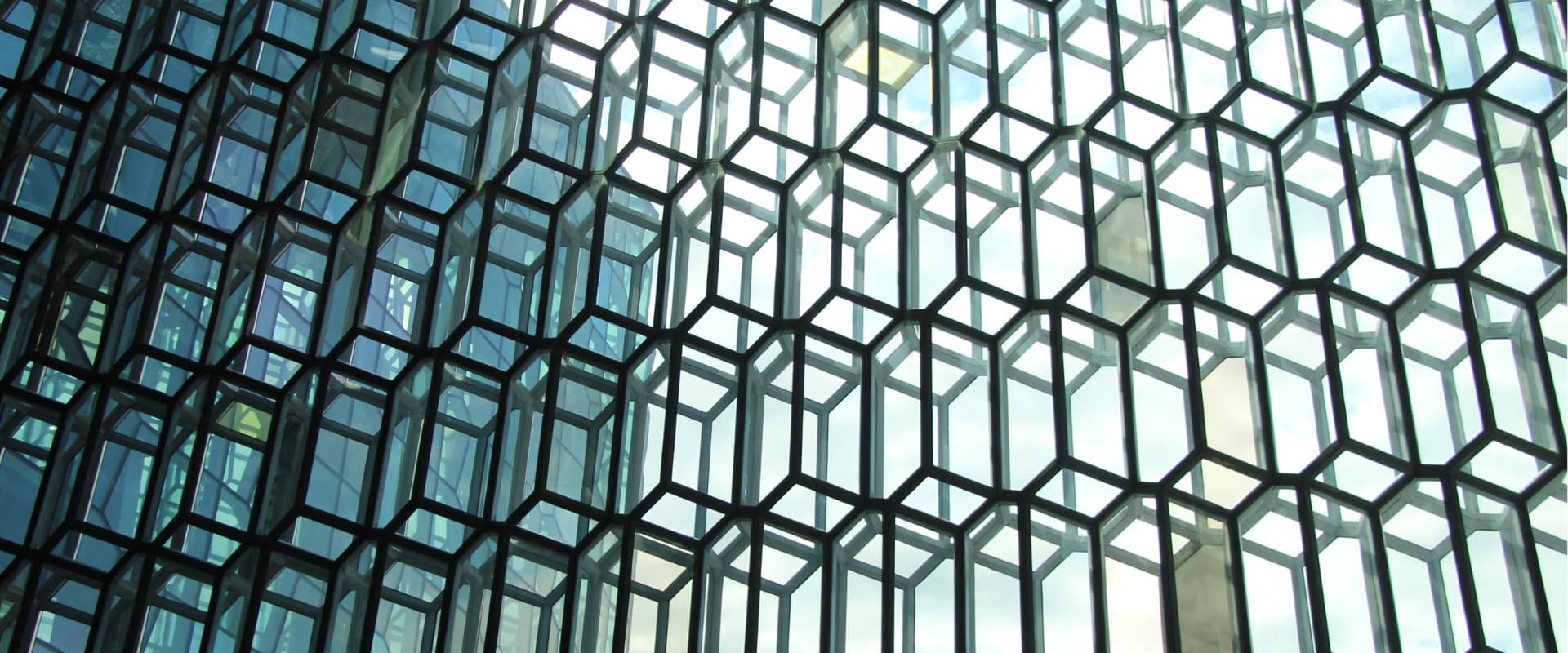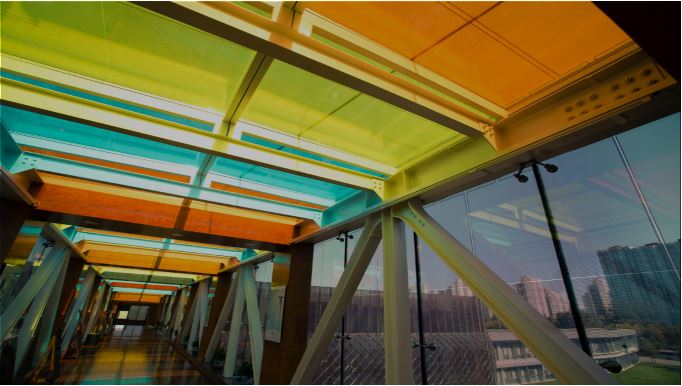Understanding the Safety of Wired Glass
Wired glass has long been recognized for its fire-resistant properties, making it a popular choice in buildings where fire safety is a priority. However, concerns have been raised regarding the safety of wired glass in terms of impact resistance and potential injury risks. In this blog, we will delve into the topic of wired glass safety, examining its characteristics, associated risks, and exploring alternative options that meet modern safety standards.
Understanding Wired Glass:
Wired glass is a type of glass that incorporates a wire mesh embedded within the glass pane during the manufacturing process. This wire mesh provides additional strength to the glass and prevents it from shattering completely when exposed to high temperatures. Wired glass is commonly used in applications such as fire-rated doors, windows, and partitions, where fire protection is essential.
Safety Concerns with Wired Glass:
Despite its fire-resistant properties, wired glass raises safety concerns related to impact resistance and potential injuries. When subjected to force, wired glass can break, leading to the wire mesh creating large, jagged openings. These openings pose a significant risk of severe cuts and lacerations, potentially causing harm to building occupants, especially in areas where accidental contact or impact with the glass is likely, such as doors or windows in schools or public spaces.
Building Codes and Safety Standards:
In response to the safety risks associated with wired glass, building codes and safety standards have evolved to prioritize impact resistance. Many jurisdictions and organizations now require the use of impact-resistant glass in locations where wired glass was commonly used in the past. Impact-resistant glass, such as tempered or laminated glass, offers enhanced safety by minimizing the risk of shattering and reducing the potential for severe injuries.
Alternative Options for Enhanced Safety:
Tempered Glass: Tempered glass is processed through controlled heating and rapid cooling, resulting in increased strength and impact resistance. When tempered glass breaks, it shatters into small, relatively harmless pieces, reducing the risk of severe injuries.
Laminated Glass: Laminated glass consists of multiple layers of glass with an interlayer of polyvinyl butyral (PVB) or ethylene-vinyl acetate (EVA) between them. This interlayer holds the glass together when broken, preventing the formation of sharp shards and reducing the risk of injury.
Safety Films: Safety films can be applied to existing glass surfaces, including wired glass, to enhance their safety performance. These films are designed to hold the glass together when broken, similar to the interlayer in laminated glass, reducing the risk of injury.
Choosing the Right Solution:
When considering the safety of wired glass, it is important to assess the specific needs and requirements of your building. Consulting with glass professionals, safety experts, and adhering to local building codes and regulations is essential in making informed decisions regarding the replacement or retrofitting of wired glass with safer alternatives.
While wired glass has been traditionally used for its fire-resistant properties, concerns over its safety have led to the development of alternative solutions. The risks associated with wired glass, particularly its lack of impact resistance and potential for severe injuries, have prompted the adoption of modern safety standards and codes. Utilizing impact-resistant glass options such as tempered glass, laminated glass, or applying safety films can significantly enhance the safety of building occupants while maintaining fire-resistant capabilities. Prioritizing the safety of occupants is crucial when selecting glass materials, ensuring that the chosen solutions align with current safety standards and regulations.

You might also like
Feb 21, 2022 by TARIQ KACHWALA
Feb 21, 2022 by TARIQ KACHWALA
Feb 23, 2022 by TARIQ KACHWALA









